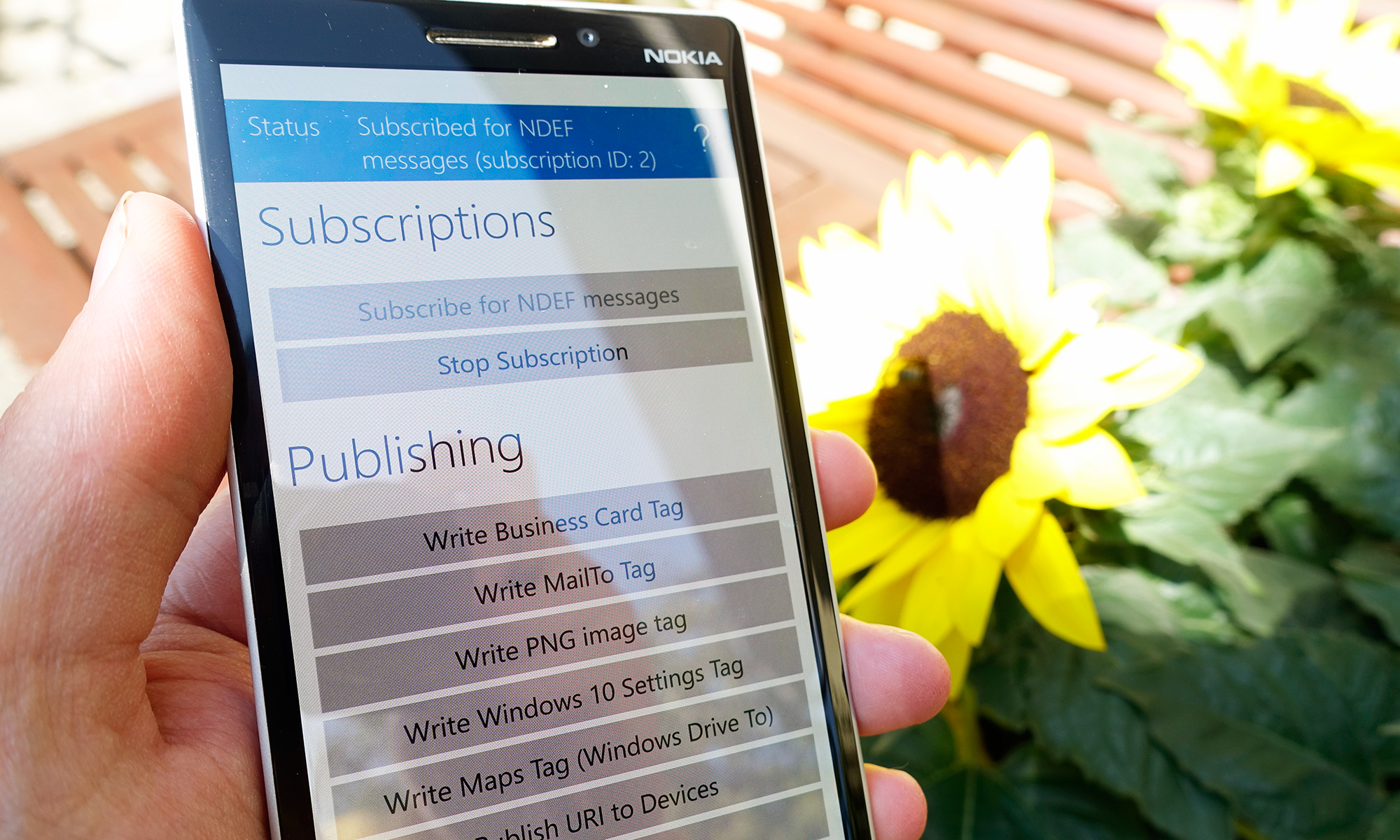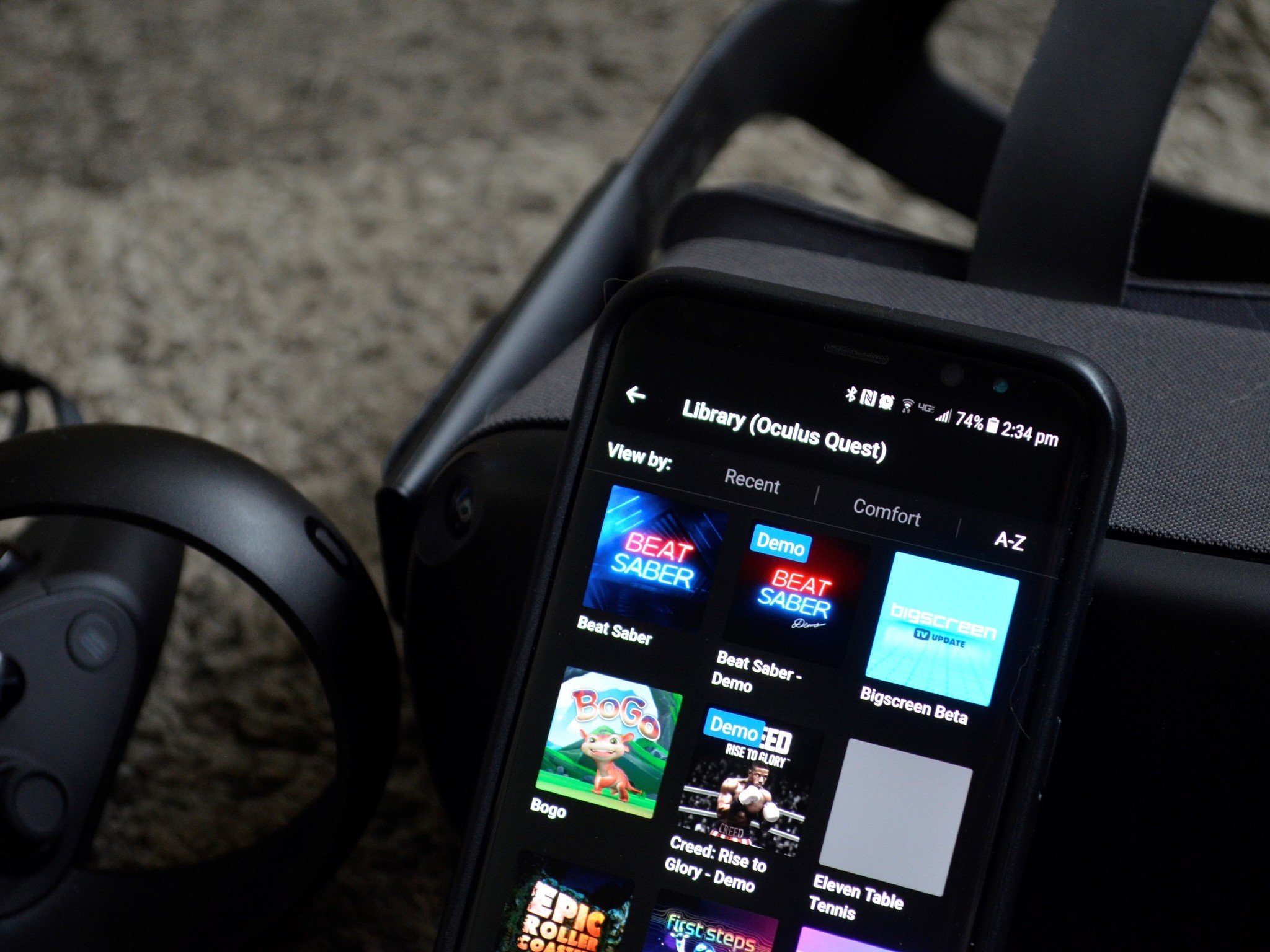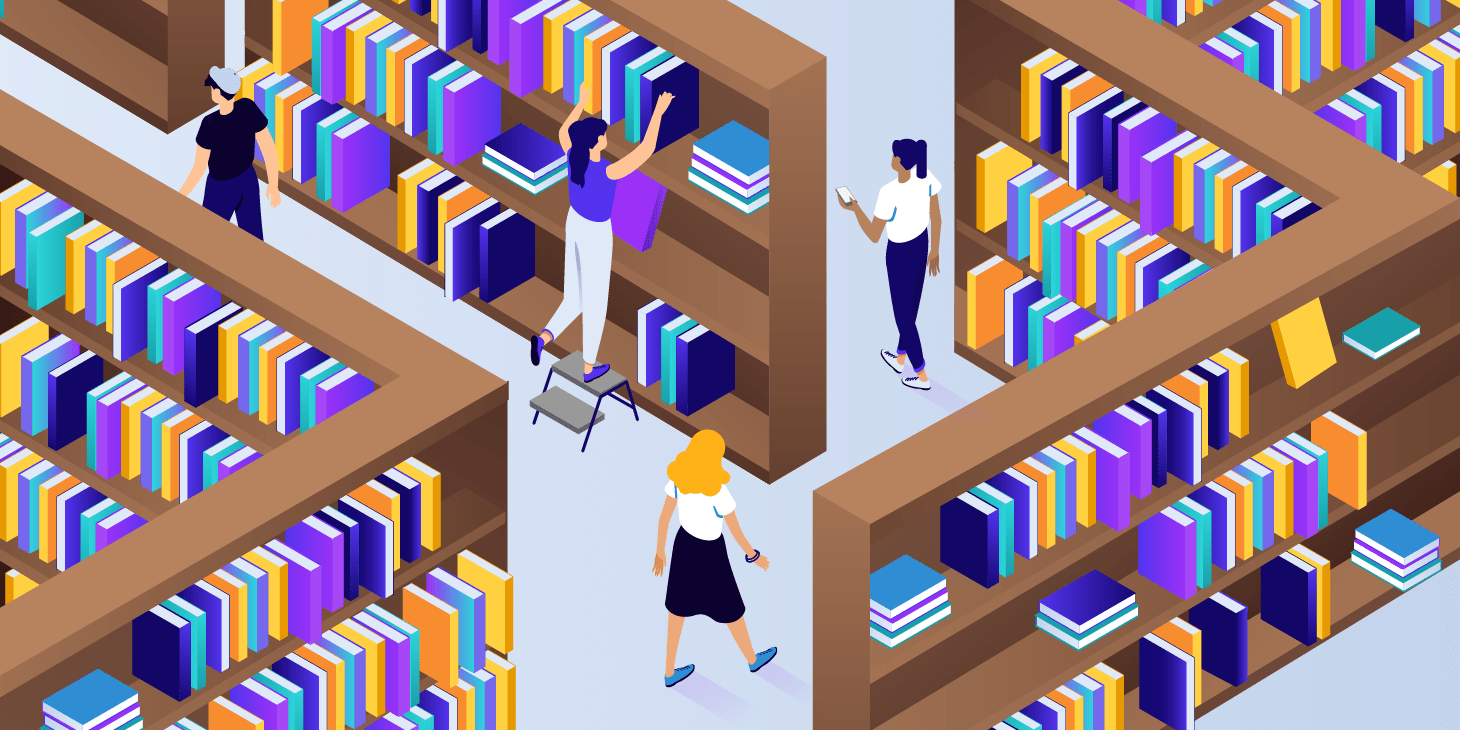Top 10 Best Libraries & Demo Mobile Apps in India 2023

Top 10 Best Libraries & Demo Mobile Apps in India 2023
Languages, libraries, and other concepts must be understood and known. It’s crucial to determine which libraries and packages are compatible with the requirements of the most recent Android app updates, given the variety of Android operating system updates that can be expected.

In essence, programming language-written behavioural apps with a straightforward interface makeup Android’s frameworks and libraries (or libraries in general). Among other things, these libraries often contain configuration data, message themes, help data, boilerplate code and subroutines, variables, and classes.
One of the main benefits of using these frameworks is to hasten and simplify the creation of Android apps, allowing for the effortless upgrading of fantastic apps. Instead of having to create these activities from scratch, the most recent Android Developer Libraries provide them with standard pre-written scripts and other crucial components that can be used straight out of the box.
As a result, if you are just beginning your career in Android app development, you could be interested in learning about well-known libraries that practically all Android companies that create mobile apps use as a reference.

People use their cell phones and the Internet to browse sites and other enterprise applications. But once a browser is opened, it takes far too long to explore a website. As a result, people enjoy tapping on apps to access features quickly. Numerous applications aid in the resolution of complex calculations and other challenges.
These apps can be found in different app stores’ Libraries and Demos sections.
While some programs’ functions can be accessed for free, some need a fee. Every person’s everyday effectiveness has grown significantly as a result of the development of apps. Some software packages are often used for a variety of very beneficial reasons. Humans have profited from apps because everything is now at our fingertips.
Finding your company’s ideal demo and library management program has never been quicker or simpler! Find the perfect program by comparing cribs, reviews, and qualities and benefiting from free guidance.

A library can be challenging to manage. All books that are given out, late returns, fees, and other things must be documented. Manually performing all of these tasks can be time-consuming and problematic. You may automate these chores with the finest library software solutions and complete more work in less time. The tremendous amount of online information makes it necessary to convert conventional offline libraries into an online knowledge base.
Online access to information is made simple with the use of open-source library management solutions. They include information on where to find books and their contents.
This aids librarians and library managers in identifying inconsistencies in the library. Using library management software streamlines the process of maintaining books in libraries. Most academic institutions use open-source, free software for managing their libraries that can automate acquisitions and inventory processes.
Establish a library module.
Follow these steps to add a new library element to your project:

- Select New Module under File > New.
- Select Android Library and then click Next in the Make New Module box that displays.
- A Java Library can be created, which generates a standard JAR file. A JAR file can be helpful for many projects, especially when you wish to share code with different platforms, but it does not allow you to include resources or declare files for Android, which are crucial for code reuse in App projects. So, building Android libraries is the main focus of this book.
- Choose a minimum SDK level for the library’s code after giving it a name and clicking Finish.
The library module can be seen in the Design tab on the left after the Gradle application sync is finished. Ensure the Android view is visible if you can’t see the new modules folder.
Make a library module out of an app module.
You can make a current app module into a library module by doing the following if it contains all the code you wish to reuse:
- Launch the module-level build first. File for Gradle.
- Eliminate the application line. An Android app module can only specify this.
Mentioned below are the top 10 Libraries and demo apps in India giving users the best satisfaction and overall experience.
1. Glide

Another highly regarded picture uploader is Glide, which is one of the incredible modern Ios libraries for programmers and is run by Bumptech. In addition to this, Google has explicitly endorsed it. Along with handling image downloading and cache, Glide supports animated GIFs and aids in retrieving, decoding, and displaying photos, video calls, and these GIFs.
The Google-recommended library Glide was created by bumptech because of the Images Loader Library for Android. Numerous Google open-source projects, including the official Google I/O 2014 application, have used it. It manages image loading and caching and supports animated GIFs. Picasso does not yet have animated GIF capabilities. Pictures majorly contribute to an app’s UI becoming more engaging and user-friendly.
Therefore, Android developers must be careful while incorporating photos into our apps. We must address the different facets of a picture, including slow, unresponsive images, memory problems, loading problems, and others. If you don’t address these issues in your application, users will negatively view it.
Since its usual stack is HttpUrlConnection, it also features a versatile API that allows programmers and programmers to link to any network stack. The main purpose of this library is to make it as easy as possible to scroll through lists of photos. Additionally, it works well when you need to look for, resize, or even present a distant image.
2. LIB-Man

LIB-MAN is a fully integrated, user-friendly, and interoperable system for fully automating all internal tasks in libraries of any size or type. Software for managing libraries is user-friendly, effective, and compatible. Multilingual fonts, barcode fonts, and QR code fonts are integrated into Lib-Man. Approximately 500 libraries are currently using the software, which was created in collaboration with eminent senior library professionals.
Integrated library software and a portable RFID reader make up the shelf management system. This makes it simple to quickly find the necessary book at the library and allows line-of-sight-free stock checks of the library’s books. Checking inventory and looking for books are simple tasks because of the long 3-meter read range.
A library of any size or type can completely computerize all of its internal activities with the help of the highly integrated, user-friendly, and interoperable LIB-MAN system. The library management program is user-friendly, effective, and compliant. Barcode and QR Code fonts, as well as multilingual fonts, are integrated into Lib-Man. Up to 500 libraries are currently using the program, which was created in collaboration with eminent senior library specialists.
3. Audiobooks and books on Google Play

The Google Play Books collection of products has been available for more than ten years. Enables users to buy, download, and lease eBooks and CDs using active Google accounts. Additionally, despite the fact that Google Play Books is accessible worldwide, not all nations have it.
Additionally, it provides textbooks, manga, and comic books. In actuality, Google Play Ebooks is a platform that is not subscription-based, giving customers flexibility. Additionally, you can use it as a Browser extension on Android and iOS devices and your desktop and mobile browsers.
4. Zxing

Zebra Crossing, often known by the name of Zxing, is one of the most widely used open-source source APIs for integrating the processing of QR (quick response) codes. It is a Java-based barcode image processing package that has been translated into other languages. It supports 2D barcodes and 1D and 1D industrial barcodes.
To access the millions of easily retrievable barcodes on the website, Use ZXing for online search. It combines Google Service and Book Search and establishes the framework for the Android Barcode Scanning app.
5. Cardboard

Virtual reality is available on your smartphone using Cardboard. You can find new apps, start your favourite VR experiences, and set up a device with the help of the Cardboard app. You can find new apps, create your favourite VR experiences, and set up a device with the use of the Cardboard app. Try a few of the supplied demos. Examine the spherical images you have taken.
You’ll need a Cardboard reader to use this application to its full potential. Another unusual feature of VR headsets is that it works with iPhones. The absence of a head strap, however, makes using this product for extended periods of time somewhat uncomfortable.
It might be wiser to upgrade to a more comfy model that doesn’t demand you to hold the VR headset in place if you intend to use it frequently. Google has released an app called Cardboard. This app creates a virtual reality experience on the screen of your smartphone. It fosters the development of new viewers and new application discoveries. For an improved experience, videos and photos are presented in an original manner.
6. stethnography
Stetho is a short Facebook library that makes it simple to troubleshoot network calls. Adding records during research and removing them during release is not necessary. There is no need for a debugger. We may access every call from the network using the Chrome laptop browser by just taking three simple actions.
All network requests fired by the program are visible to us, together with their latency, shot size, firing order, request parameters, response information, etc. We require a library or application that makes it simple to automate network call examination with a minimal amount of code. To determine if the events are triggered correctly or not, we must be able to examine the network calls made simultaneously to a specific number of devices.
7. hyperlog

In addition to the default Android logging classes for debugging, HyperLog is a utility recording library for Android. This straightforward package enables apps and Android libraries to store log messages in databases so that developers can export those logs to files or send them as files to their servers for debugging.
Logs can be sent at any time to your server by developers. They have a variety of options for doing this, like the sending an FCM alert to your app. Invoke HyperLog. You can pushLogs or start a scheduled task when the notice is received.
8. Smart Launcher patch

This application’s fundamental components allow quick launches using innovative launch strategies. This launcher is the best for all typical uses if your device doesn’t already have one and you need one straight away. Today, use this application to stay in contact with the most recent information! The program installs quickly and functions without any issues. With only a few taps, you may soon find what you’re looking for, thanks to its robust search engine. Every time you alter your wallpaper, match the colours. We made every aspect of your new main screen as intelligent as we could.
9. update the library
Square’s Android Retrofit Library is a Java and Android type-safe HTTP client. This library contains a lot of functionality and is simple to use. Using the updated library, you may submit a number of queries, including GET, POST, PUT, and DELETE. It is simple to retrieve and store JSON in a rest-based website service using the updated library.
For JSON, we often use the Gson converter. However, we can incorporate unique converters to handle XML or other formats. For HTTP queries, the Retrofit library makes use of the OkHttp library.
10. Picasso

Square Inc. created and maintained Android Picasso, a library for rendering and loading images. It is trendy since each of its capabilities (which we’ll be releasing shortly!) is typically implemented with just one line of code.
You must add the following dependency to your build in order to use the Android Picasso Library in your Android project. Graduated file Picasso typically tries to create a picture initially from memory.
One of the most popular Android image download libraries, Picasso, open-source, is open-source. Square designed it and kept it up to date. It is one of Android’s most effective image-downloading and caching libraries. Picasso makes it easier to display images that were loaded from external URLs in your application.
An example of a typical task in any application is getting a photo from the server. Additionally, using the Android networking API to accomplish this requires quite a bit more code. With a few lines of Picasso, you can accomplish this.
Top ten benefits of library management systems
Colleges might not be what they were a few years ago. The way libraries provide different services has changed because cutting-edge technology like cloud, wireless, digital, and data continue to evolve. Despite today’s students’ increasing demands and expectations, university and college libraries continue to advance.
College library methods are web- and mobile-based tools that let higher education institutions give students, teachers, and staff access to information and resources.
Librarians may quickly develop and manage their library materials using the online cloud-based book administration system. It makes it possible for staff and students to interact and work together through a variety of channels.
College libraries can employ these tools to supplement instruction in the classroom. Ten benefits of implementing a cloud-based management system for libraries in your organization are listed below:
1. Easy to Use & Simple
The Libraries Software is straightforward to use and adaptable to your current system. The advantages of the library management software include automated backups, offline and online storage, and simple upgrades that streamline and improve the educational process.
2. Enhanced Library Participation

By giving students 24/7 access to books from anywhere, at any time, you may avoid frustration and tediousness. The librarian may manage books, eBooks, periodicals, images, videos, and events with library management software.
3. Effective Management of Cloud Data
To make it simple for your school to take advantage of secure cloud services, automate, streamline, and seamlessly deploy library databases. Automate a variety of library tasks, such as acquisition, cataloging, serials administration, circulation, and reference, to increase efficiency.
4. Extremely Scalable and Reliable
Scalable infrastructure, role-based management, high performance, and dependability are advantageous to college libraries to guarantee seamless access to library databases.
5. Mobile Access
The library’s management system offers mobile access to the library’s catalog, scheduling, books, and resources via tablets and smartphones at any time, anywhere.
6. Interactive Reports

Improve decision-making by maximizing the effectiveness of libraries with interactive reports, charts, and graphs that review and keep track of progress.
7. Defect-free
The library automation software is simple to use, strong, and designed for simple data entry, making library operations error-free.
8. Innovation
Students may conduct searches, create articles, upload images and videos, handle emails, and send messages. Still, they can also use chat, discussion boards, and social media to stay in touch with the library and other students.
9. Completely Modifiable

To meet the needs of academic institutions and deliver timely, accurate data, the digital library system is entirely flexible and adaptable.
10. Reasonably priced
Adopting advanced technologies is a practical and affordable option for educational institutions. Utilizing digital, mobile, and cloud-based libraries enhances productivity, lowers operating expenses, and frees time by eliminating paper-based procedures and maintenance expenditures.
edited and proofread by nikita sharma




